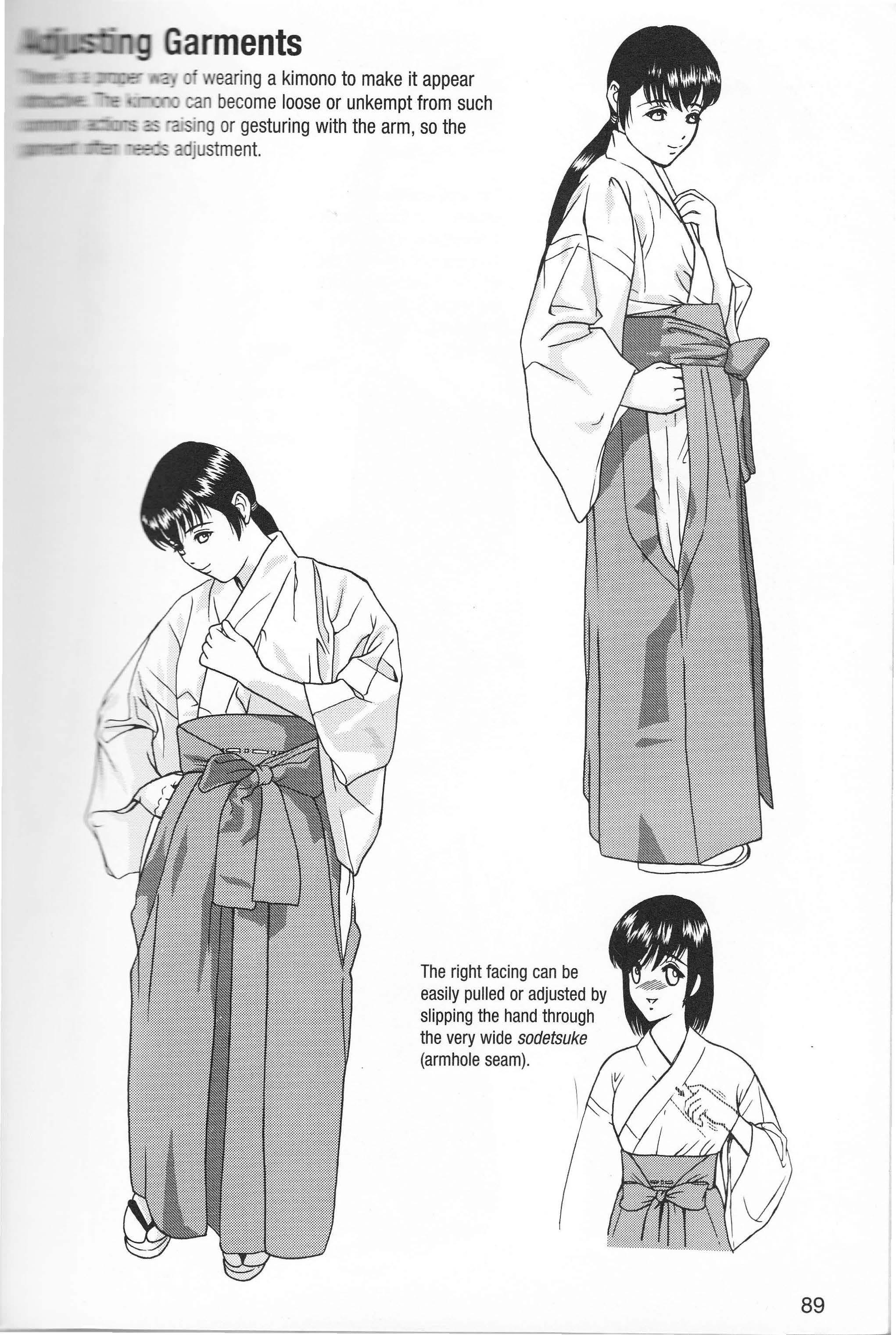
2 minute read
uently Drawn Maid Costumes
by Charlie San
Frequently Drawn Maid Costumes
The most commonly drawn maid uniforms are billowy in appearance, owing to the presence of a pannier underneath to ensure that the external skirt has fullness and flounce. Traditionally, the pannier was made of a material called "tulle," a netted fabric about as stiff as a screen window. The parts that would touch the skin were made of sheer or soft materials. A soft petticoat was worn directly underneath the skirt to protect it from the stiff tulle.
This illustration shows a basic pannier. When drawing, visualize the pannier as being semitransparent, allowing the silhouette of the figure underneath to be visible. The illustration below shows a pannier with frills. This is worn to give more volume and flounce to the skirt.
This illustration shows a pannier overlain with a petticoat. The petticoat is an underskirt originally worn to prevent the feet from becoming tangled in the skirt's hem. However, here it is worn to protect the outer skirt from being damaged by the stiff tulle.
Depending on the fashion, the lace trim of the petticoat may be designed to show from underneath the skirt.
, car linen headwear as nns. Such The character in this example is wearing a headdress featuring a single yet ornate layer of lace. Similar designs with two or three layers of lace are also popular.
·on to the the most of headwear.
The picture above illustrates another type of headdress.
s
There are decorative bows that are already looped and can simply 'be attached to the garment. Figure A depicts the kind of bow that one might find on an apron. The bow in Figure B is for decorative purposes. Please note that the bow pictured in Figure B is rather one-dimensional, and therefore unsuitable for close-ups. When you want to draw attention to a bow, be sure to evoke a sense of volume as depicted in Figure A.

e A
The area indicated by the arrow is where creases are naturally in abundance. However, drawing all of those creases makes for an ,/ unattractive bow, so include just one, two or "- three lines at the most.
Using straight lines flattens the drawing, thereby losing a sense of volume. Figure B
< Showing the part where the fabric wraps around and forms a loop also creates a sense of volume. Loops with round contours generate a greater sense of volume. Even when drawing a bow as viewed from straight ahead, try to use shading and depict the looping shape of the fabric to create a more threedimensional appearance.
Follow these simple steps. First, lay out the general form in a balanced composition. Next, position the ruffles, drawing the outermost edges in a rippled pattern.
Add lines representing the small folds (called gathers) that extend from the rippled edges to the center.
Structure of a Ruffle Pulling a thread on one side of a fabric and causing it to ruffle is called "drawing a gather. " Gathers scrunch the fabric, creating ruffles and frills. Puckering forms at the gather. One point requiring attention when drawing ruffles is to keep them varied. Remember, you are not drawing a repeated pattern. Alternate and merge together various rhomboid, square, triangular and round forms to create a satisfying image of ruffles and frills . Creases appear where the fabric puckers at the gathers.

Finally, add the inside line of the gathers.
I










